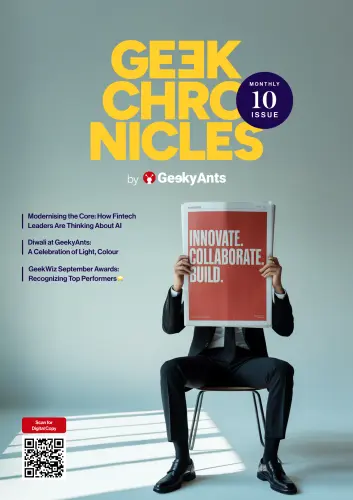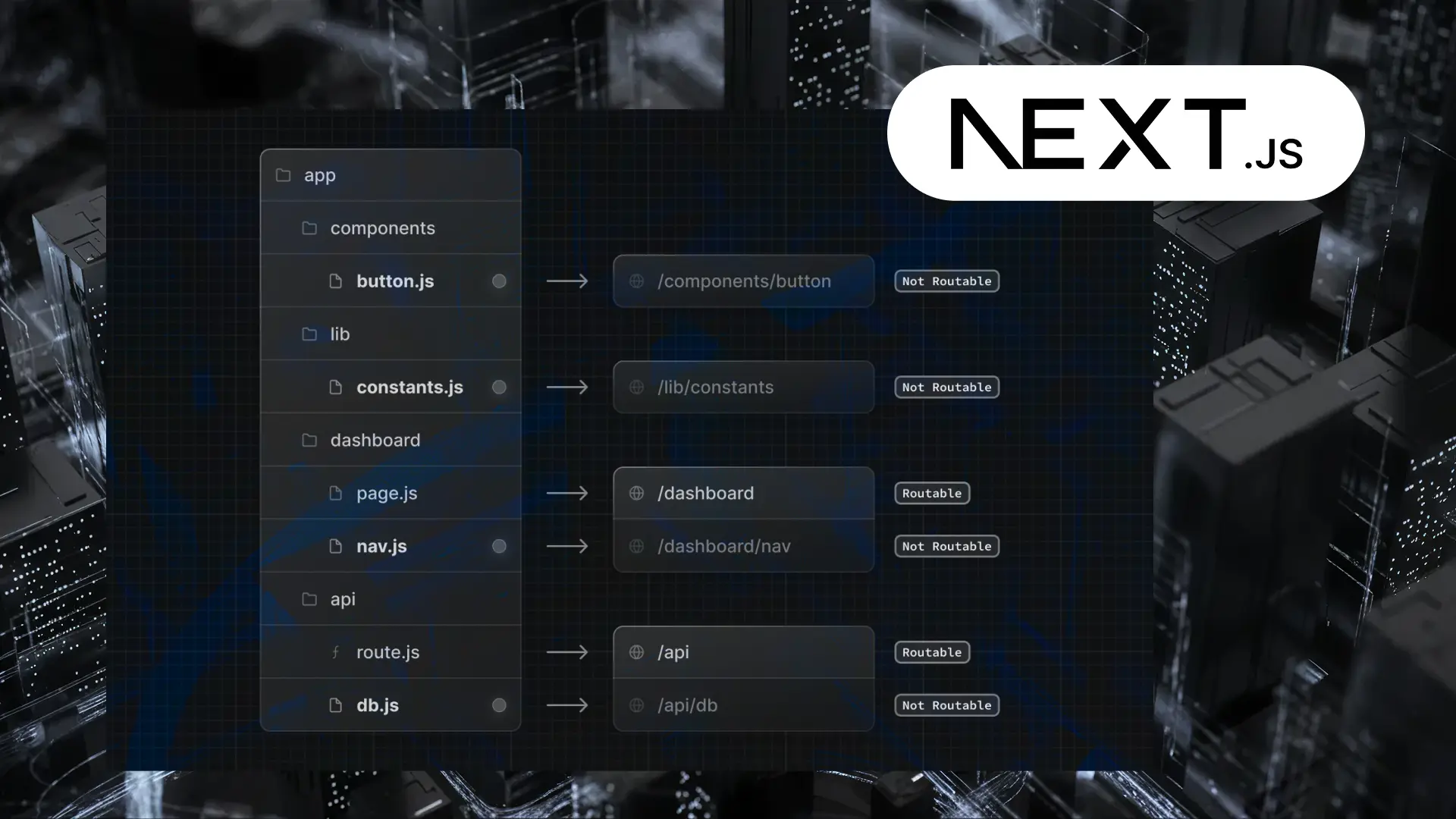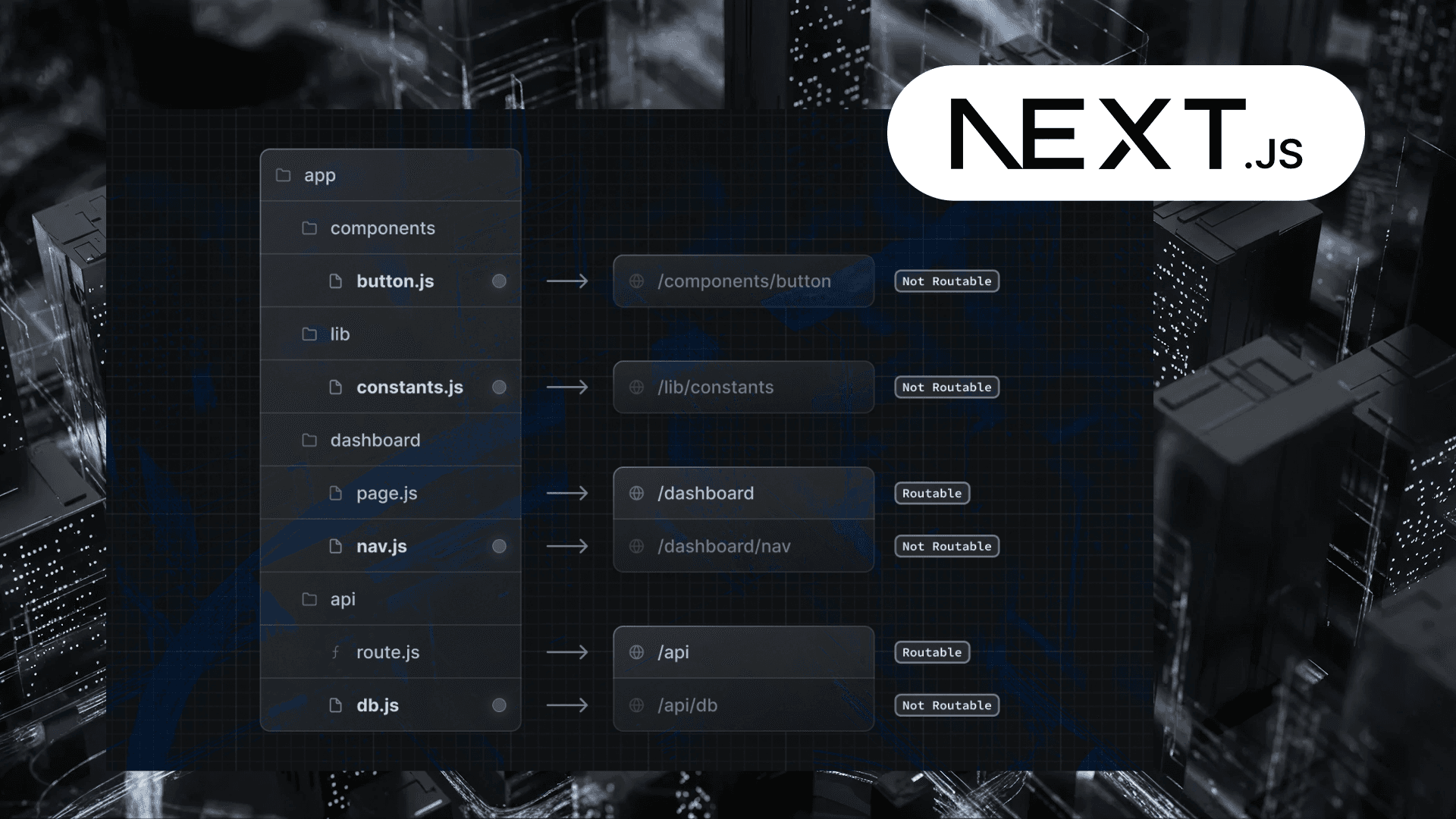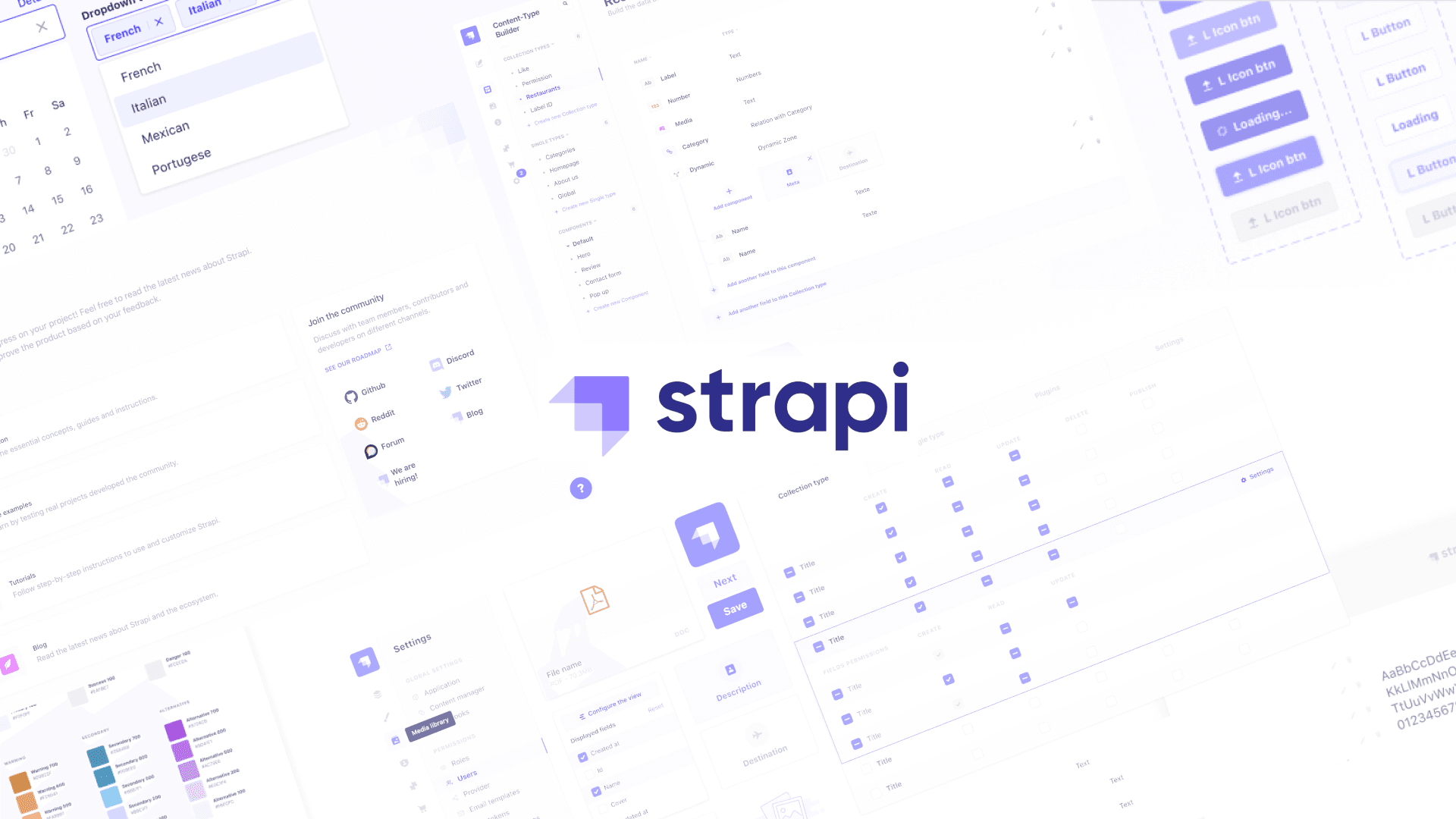Table of Contents
Multi-Agent Communication Protocols: A Technical Deep Dive
Author

Date

Book a call
Multi-Agent Communication Protocols: A Technical Deep Dive
Multi-agent communication protocols form the backbone of distributed AI systems, enabling autonomous agents to coordinate, share information, and collaborate on complex tasks. This comprehensive analysis examines the technical foundations, evolution, and implementation challenges of modern multi-agent communication systems.
Technical foundations of multi-agent communication
Multi-agent communication operates on several fundamental technical layers that determine system performance, reliability, and scalability. At its core, message passing serves as the primary communication paradigm, with modern systems favoring asynchronous, event-driven architectures over traditional synchronous approaches.
Message passing paradigms and coordination mechanisms
Asynchronous message passing has emerged as the dominant pattern, providing non-blocking operations with decoupled sender/receiver timing. This approach delivers higher throughput, improved fault tolerance, and better scalability compared to synchronous alternatives. Implementation typically involves message queues, event-driven architectures, and publish-subscribe systems that can handle the dynamic nature of agent interactions.
Coordination mechanisms rely heavily on consensus algorithms like Raft and Paxos. Raft has gained significant adoption over Paxos due to its understandability, implementing leader-based consensus with election timeouts of 150-300ms to prevent split-brain scenarios. The algorithm uses heartbeat mechanisms to maintain leader authority and requires log entries to be replicated to a majority before commit.
Vector clocks provide crucial synchronization capabilities in distributed agent systems. Each agent maintains an N-dimensional vector tracking causal relationships, with specific update rules: increment local counter for internal events, merge vectors element-wise on message receipt, and attach vectors to outgoing messages. This mechanism enables proper event ordering in systems like Cassandra and DynamoDB.
Distributed systems challenges
The CAP theorem fundamentally constrains multi-agent system design, requiring architects to choose between consistency and availability during network partitions. Modern systems typically adopt eventual consistency models, where agents converge to consistent states over time without requiring immediate synchronization.
Network partitioning represents one of the most significant challenges, with practical solutions involving quorum-based systems and graceful degradation patterns. CP systems like MongoDB sacrifice availability for consistency, while AP systems like Cassandra maintain availability with eventual consistency. The PACELC theorem extends this analysis to normal operations, highlighting the latency-consistency trade-off that affects agent response times.
Fault tolerance mechanisms incorporate replication strategies, failure detection through heartbeat mechanisms, and gossip protocols for distributed failure detection. These systems must handle Byzantine failures in critical applications, requiring 3f+1 total nodes to handle f faulty nodes.
Historical evolution from legacy systems
The journey from early distributed object systems to modern agent communication protocols reveals a clear progression driven by changing technical requirements and architectural paradigms.
Legacy approaches and limitations
CORBA and RMI dominated early distributed systems with their heavyweight, synchronous communication models. CORBA used IIOP over TCP with IDL-based interface definitions, while RMI relied on Java serialization with custom binary protocols. These approaches suffered from significant scalability issues, with SOAP showing 300% bandwidth overhead compared to binary protocols and complex object lifecycle management causing memory leaks.
FIPA-ACL represented a significant attempt at standardizing agent communication through formal semantics and speech act theory. Established in 1996 with support from major tech companies, FIPA-ACL implemented 20 standardized performatives with modal logic foundations. However, the protocol's academic focus and complex semantic reasoning requirements limited commercial adoption.
The technical limitations of these legacy systems became apparent as distributed computing evolved. Protocol overhead, stateful connections requiring persistent maintenance, and exponential integration complexity (n(n-1)/2 potential connections) made these approaches unsuitable for modern cloud-native architectures.
Evolution drivers to modern protocols
The cloud computing revolution fundamentally transformed communication requirements. The shift from dedicated servers to ephemeral containers demanded lightweight, stateless communication protocols. Microservices architecture introduced service discovery patterns, API gateway designs, and circuit breaker mechanisms that legacy protocols couldn't accommodate.
Containerization and orchestration with Kubernetes introduced new communication patterns. Pod-to-pod communication via service mesh, ConfigMaps for dynamic configuration, and horizontal scaling requirements necessitated protocols that could handle rapid scaling and container lifecycle management.
The API-first architecture movement emphasized self-documenting APIs, standard HTTP status codes, and uniform authentication mechanisms. This shift from formal ontologies to AI-powered natural language processing represents a fundamental change in approach—leveraging generative AI for dynamic interpretation rather than attempting to standardize meaning through shared vocabularies.
Modern protocol evolution and technical solutions
Contemporary multi-agent communication protocols address the limitations of legacy systems through lightweight, cloud-native designs that prioritize developer experience and operational simplicity.
Protocol specifications and technical details
Model Context Protocol (MCP) by Anthropic establishes a standardized client-server model for tool and data access. Using JSON-RPC over stdio, SSE, or HTTP, MCP provides typed schemas for resources, tools, and prompts. The protocol includes dynamic capability discovery, security-focused design, and sampling/completion support, positioning itself as "USB-C for AI."
Agent Communication Protocol (ACP) from IBM Research implements a RESTful HTTP-based architecture with WebSocket support for streaming. ACP supports multimodal content through MIME-typed multipart messages, provides session management with persistent contexts, and includes built-in observability hooks with OTLP instrumentation. The protocol emphasizes SDK-agnostic design and Kubernetes-native deployment.
Agent-to-Agent Protocol (A2A) from Google Cloud focuses on enterprise-grade agent collaboration. Using JSON-RPC 2.0 over HTTP/HTTPS with Server-Sent Events, A2A implements opaque agent communication without internal state sharing. The protocol features Agent Card-based discovery, task-oriented lifecycle management, and enterprise authentication schemes.
Security models and authentication
Security architectures vary significantly across protocols. ACP implements capability tokens as unforgeable, signed objects encoding resource access, integrated with Kubernetes RBAC. A2A provides OpenAPI-compatible authentication schemes including OAuth2, JWT, and mTLS, with enterprise-grade audit logging. MCP plans OAuth 2.1 support with authorization server discovery and dynamic client registration.
Transport security consistently employs HTTPS/TLS across all protocols, with optional mTLS for high-security environments. Modern protocols prioritize API-first security with developer-friendly authentication over the complex security models of legacy systems.
Discovery and registry mechanisms
Service discovery has evolved from centralized registries to hybrid approaches. ACP uses agent registries with dynamic discovery through capability manifests, while A2A implements Agent Cards at well-known endpoints (/.well-known/agent.json). MCP relies on .well-known/mcp files for first-party servers and centralized community registries.
Registry patterns now support both centralized and distributed discovery, with enterprise systems requiring private hosting capabilities and query-based filtering for agent selection.
Technical implementation and architecture patterns
Successful multi-agent communication systems require careful attention to implementation patterns, code organization, and deployment strategies that support scalability and maintainability.
Code examples and implementation patterns
Python implementations leverage frameworks like ACP SDK for standardized agent communication:
JavaScript implementations utilize frameworks like KaibanJS for multi-agent orchestration:
Enterprise integration patterns emphasize message broker integration with Apache Kafka or RabbitMQ, providing reliable message delivery, load balancing, and fault tolerance.
Architecture patterns and deployment strategies
Event-driven architectures have become the preferred pattern for multi-agent systems. Event mesh architectures provide networks of event brokers with intelligent routing, supporting dynamic scaling and geographic distribution. Apache Kafka implementations use partitioned topics for scalability, consumer groups for parallel processing, and exactly-once delivery semantics.
Microservices integration follows established patterns with service mesh infrastructure for agent-to-agent communication and API gateways for external access. Container orchestration with Kubernetes provides automatic scaling, health checks, and resource management.
Deployment configurations utilize Infrastructure as Code with Terraform for reproducible environments:
Protocol comparison and technical trade-offs
Understanding the technical differences between modern protocols enables informed architectural decisions based on specific use case requirements.
Comprehensive protocol analysis
Feature | ACP | A2A | MCP | FIPA-ACL |
Transport | HTTP/WebSockets | HTTP/SSE | stdio/SSE/HTTP | HTTP/IIOP |
Format | JSON + MIME | JSON-RPC 2.0 | JSON-RPC 2.0 | Lisp-style |
Security | Capability tokens | OAuth2, mTLS | OAuth2.1 planned | External |
Semantics | Emergent | Opaque | Typed schemas | Formal |
Readiness | Beta | Production | Stable | Legacy |
Performance characteristics and optimization
Latency optimization strategies differ significantly across protocols. JADE platform studies show intra-container communication achieving extremely low latency through event passing, while inter-container communication scales linearly with RMI. Modern protocols prioritize asynchronous messaging, message prioritization, and payload referencing to minimize transmission overhead.
Throughput optimization involves message batching, compression, and efficient serialization. Protocol Buffer and MessagePack implementations provide reduced bandwidth usage compared to JSON, trading CPU overhead for network efficiency.
Scalability patterns emphasize horizontal scaling through event-driven architectures, with protocols supporting different scaling approaches: ACP focuses on orchestration scalability, A2A on enterprise collaboration, and MCP on tool integration density.
Implementation challenges and engineering solutions
Multi-agent communication systems face unique technical challenges that require sophisticated engineering solutions across multiple dimensions.
Performance optimization and scalability
Latency reduction techniques include caching strategies for address resolution, locality optimization to group frequently communicating agents, and protocol selection based on consistency requirements. Information bottleneck approaches in multi-agent reinforcement learning show 40% reduction in communication overhead with 20% improvement in response latency.
Throughput enhancement involves implementing backpressure mechanisms, circuit breakers to prevent cascade failures, and message batching with configurable timeouts. Production systems achieve linear scalability through partitioning strategies and consumer group patterns.
Resource optimization requires careful resource limit configuration, auto-scaling based on queue depth, and memory management for large message volumes. Container orchestration platforms provide horizontal pod autoscaling and resource quotas for multi-tenant environments.
State management and consistency
Distributed state management presents fundamental challenges around consistency models and synchronization. Strong consistency implementations use linearizability guarantees suitable for financial systems, while eventual consistency models provide high availability with conflict resolution mechanisms.
Consensus protocols like Raft handle leader election and log replication with configurable timeouts, while vector clocks enable causal ordering in distributed systems. Modern implementations balance consistency requirements with performance characteristics through careful protocol selection.
Cache coherence mechanisms include hardware-supported processor-level coherence and software-based middleware solutions. Detection strategies range from compile-time static analysis to runtime dynamic monitoring.
Debugging and observability
Distributed tracing implementations use OpenTelemetry for vendor-agnostic instrumentation, providing end-to-end visibility across agent interactions. Trace context propagation maintains continuity across service boundaries, while correlation IDs enable unified debugging across distributed components.
Observability infrastructure encompasses metrics collection (CPU, memory, request rates), structured logging with correlation IDs, and distributed tracing for request flow visualization. Multi-agent systems require specialized monitoring for agent coordination, performance attribution, and state management debugging.
Advanced debugging techniques include real-time performance monitoring, waterfall diagrams for request flow analysis, and alerting mechanisms for system health. Vector clocks enable partial ordering of distributed events, while log correlation provides unified debugging capabilities.
Conclusion
Multi-agent communication protocols have evolved from heavyweight, synchronous systems to lightweight, cloud-native architectures that prioritize developer experience and operational simplicity. The transition from FIPA-ACL's formal semantics to modern AI-powered natural language processing represents a fundamental shift in approach—from standardizing meaning through shared ontologies to leveraging generative AI for dynamic interpretation.
Technical architecture decisions must balance consistency, availability, performance, and complexity based on specific application requirements. Modern protocols like MCP, ACP, and A2A address different layers of the multi-agent stack, with MCP handling tool access, ACP/A2A managing agent communication, and emerging protocols like ANP promising decentralized discovery.
Implementation success requires careful attention to message passing paradigms, consensus mechanisms, fault tolerance strategies, and observability practices. The research demonstrates that while theoretical limits exist (CAP theorem, exactly-once delivery impossibility), practical solutions using idempotency, consensus protocols, and sophisticated monitoring can achieve robust, scalable multi-agent systems.
The future of multi-agent communication lies in protocols that seamlessly integrate with existing cloud-native infrastructure while providing the semantic richness necessary for intelligent agent collaboration. Organizations should adopt multiple complementary protocols based on their specific technical requirements, with a focus on standardization, observability, and operational simplicity.
Dive deep into our research and insights. In our articles and blogs, we explore topics on design, how it relates to development, and impact of various trends to businesses.





